Hematoxylin C.I. 75290 CAS: 517-28-2 | MF: – | MW: 302.28, Buy now Histological Stains & Dyes for Histology, Cytology, Microbiology, Hematology & Biology Lab from TriStains. All Tristains products are exclusively distributed by Dawn Scientific Inc.
Hematoxylin, also known as Hematoxylin cryst. (C.I. 75290), is a natural dye derived from the heartwood of the logwood tree (Haematoxylum campechianum). When combined with a mordant, such as aluminum, and oxidized to hematein, it becomes an effective staining agent for biological tissues. Its chemical formula is C16H14O6. Hematoxylin crystals are used as a dye for the specific staining of DNA in the nuclei. Widely utilized in histology and cytology, hematoxylin selectively stains cell nuclei, providing excellent contrast against the background. The stained nuclei appear blue, dark violet to black.
TriStains provides a marketplace for histology and biological stains, which is comprehensive enough to encompass the peculiar requirements of laboratories specializing in Histology, Cytology, Microbiology, and Hematology. With a reputation for exceeding quality expectations, TriStains performance is outstanding which allows for resolution of cell and tissue components fundamental to life sciences to be clearly visualized. Each product under TriStains series is validated for accuracy, reliability and consistency. TriStains, which manufactures and markets stains and indicators in various packing, offers laboratories turn key solutions for all their staining and indicator needs, improving accuracy in every experiment.
Application :
- Hematoxylins are mixed with trivalent positively charged metal salts and build up the so-called hematoxylin lakes, used for the selective staining of nuclei (DNA) .
- The most common staining technique in histopathology, where hematoxylin stains cell nuclei blue or purple, and eosin stains the cytoplasm and extracellular matrix pink.
- Hematoxylin is a key component in the Pap stain, used for screening cervical cytology samples to detect abnormalities and malignancies.
- It is employed to stain Nissl bodies in neurons, aiding in the study of neuronal structure and pathology.
Benefits :
- High contrast and specific staining cell nuclei
- Versatile and very effective
- Cost-effective
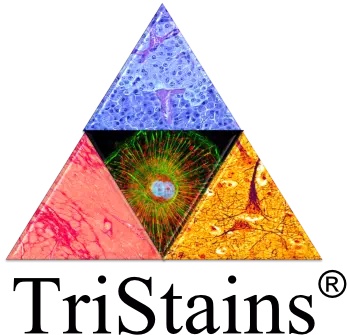

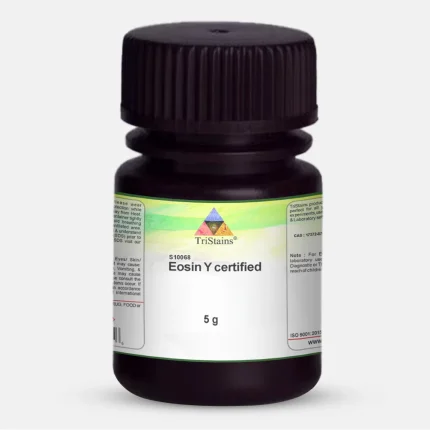
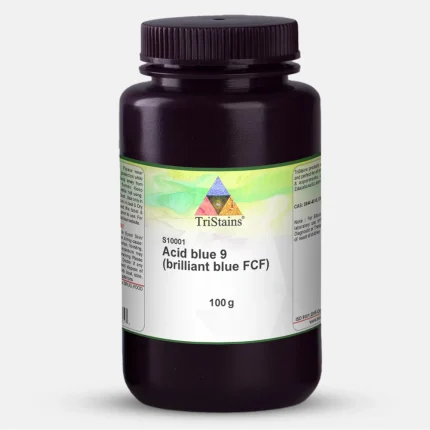
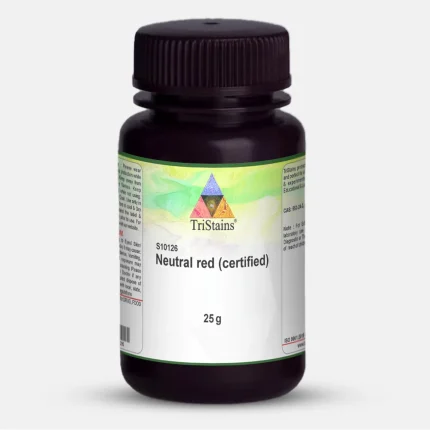
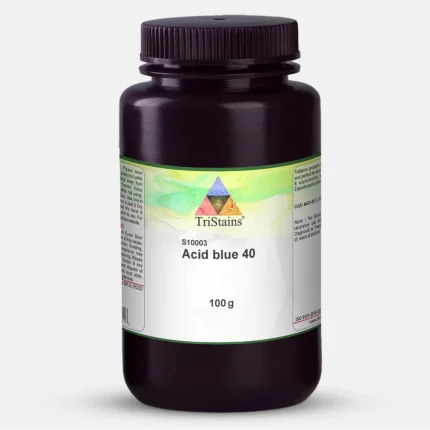
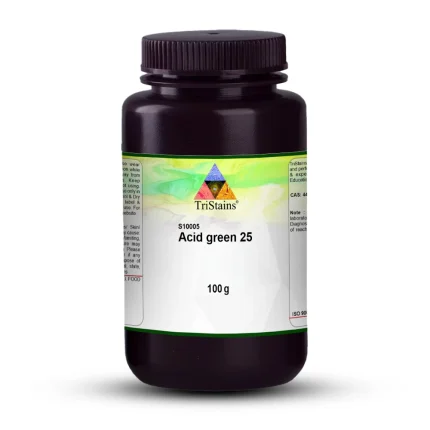

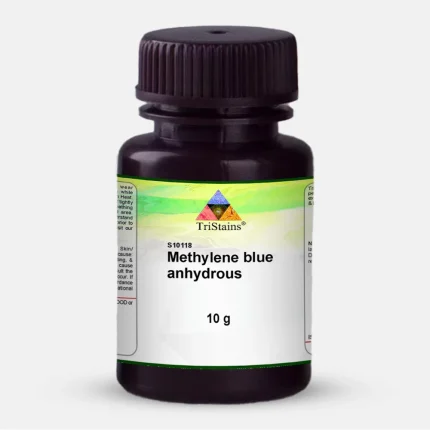
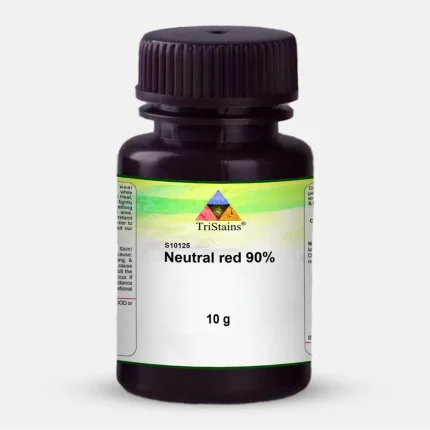







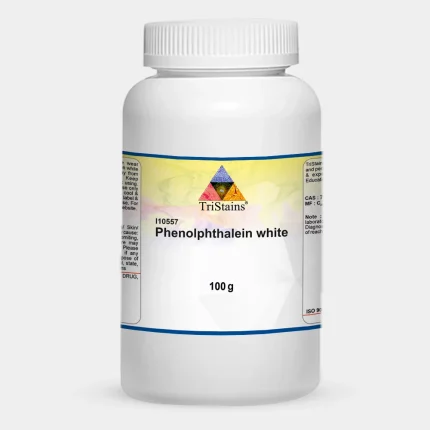
Reviews
There are no reviews yet.